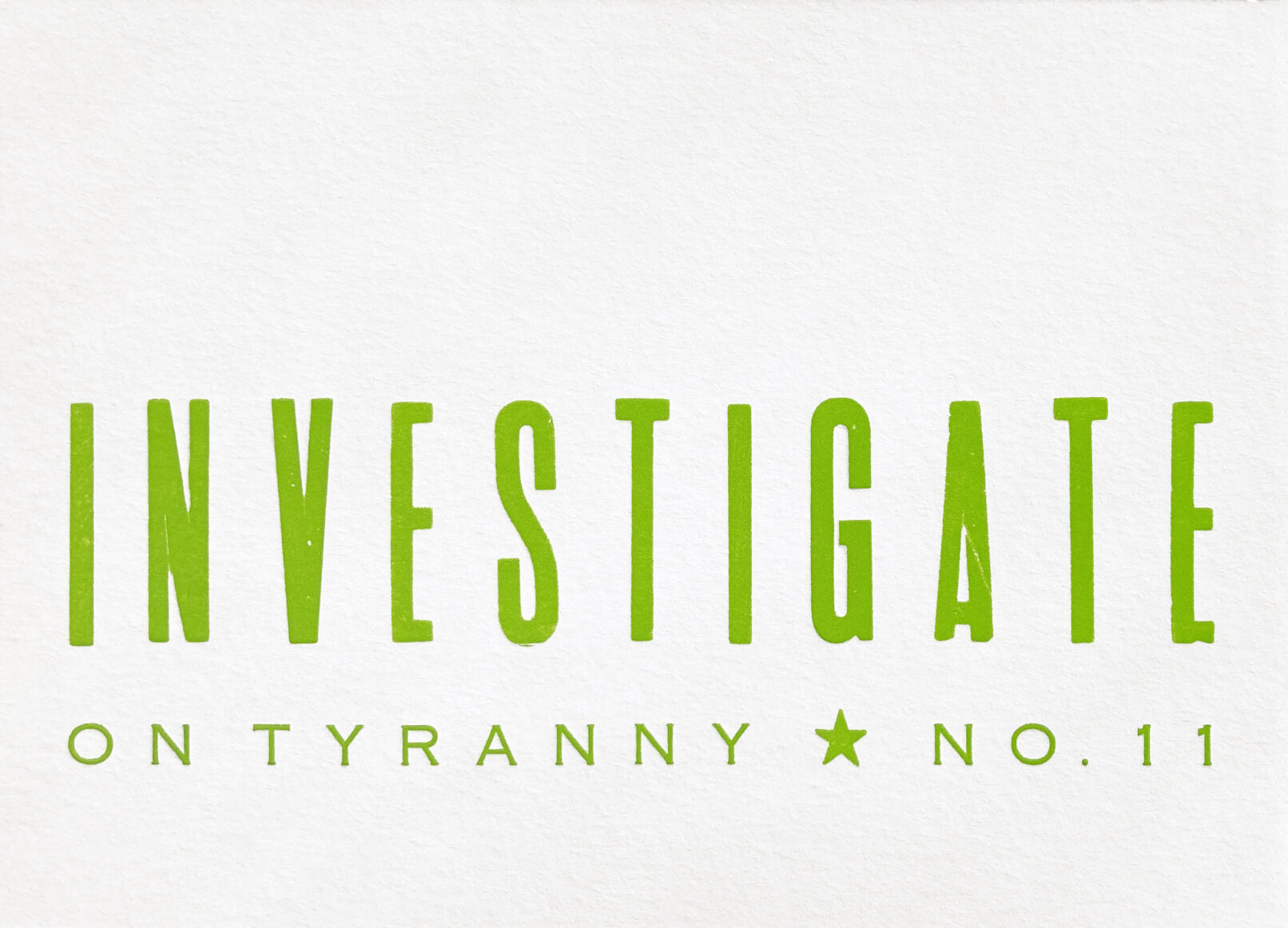“Figure things out for yourself. Spend more time with long articles. Subsidize investigative journalism by subscribing to print media. Realize that some of what is on the internet is there to harm you. Learn about sites that investigate propaganda campaigns (some of which come from abroad). Take responsibility for what you communicate with others.”
–Timothy Snyder, On Tyranny
“‘What is truth?”’–this chapter begins–”Sometimes people ask this question because they wish to do nothing (73).” This tenet is less about belief in truth (the last tenet) and more about action on behalf of that belief: figuring things out, taking the time to fully understand the nuances of an issue, and looking for reliable sources before jumping to conclusions and sharing information with others or shouting about it on social media.
Snyder talks about investigative journalism and journalistic ethics (we would add academic and scientific research) as the lifeblood of a democracy and as important work we should support in whatever ways we can, but he also talks about a person’s need to investigate the world around them in order to become an individual. What the algorithm feeds us makes us predictable, and if we’re predictable, we’re easier to manage. The real world, Snyder argues, is unpredictable, and if we’re paying attention and are engaged with it we become less predictable–and by extension harder to manipulate.
As artists, if we regurgitate whatever we see or hear on the internet, our work might as well have been generated by AI. It leans toward the formulaic and obvious. It’s only by engaging with the world, juxtaposing images and experiences we’d never see or encounter anywhere else–or by anyone else–that unexpected work and new ideas arise. We wouldn’t tolerate this kind of laziness, creatively, in ourselves. Similarly, the kind of intellectual and investigative rigor Snyder describes in this tenet is the kind of professional and individual ethic we also try to uphold.
Hear Timothy Snyder speak about this lesson on YouTube.
This lesson was letterpress printed with handset wood type and Pantone 375 ink on a Vandercook proofing press.

